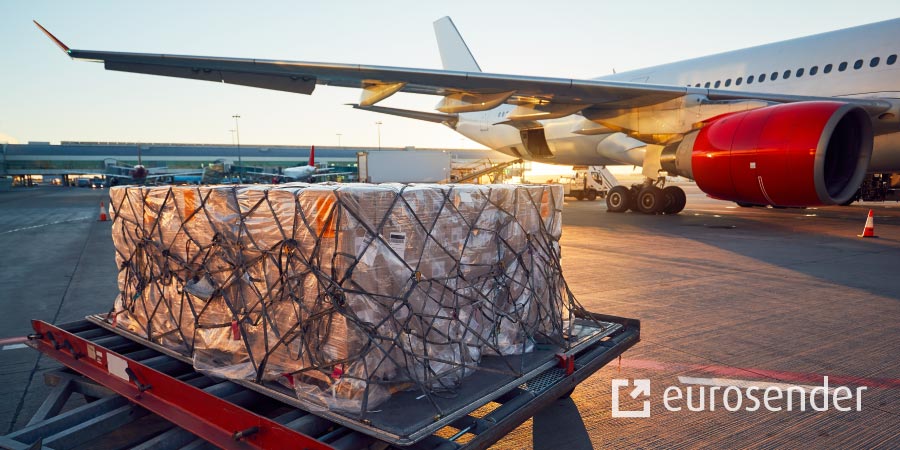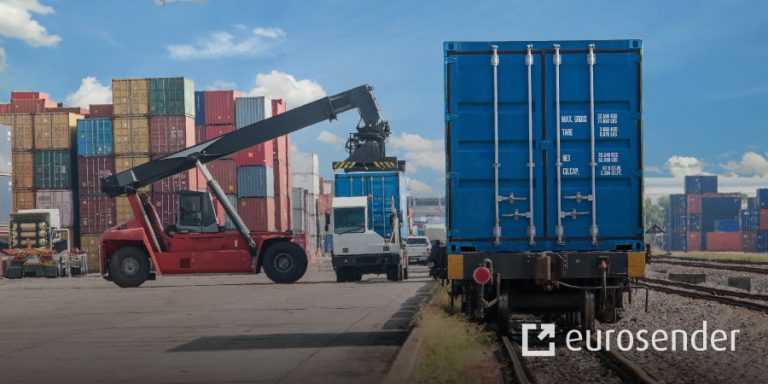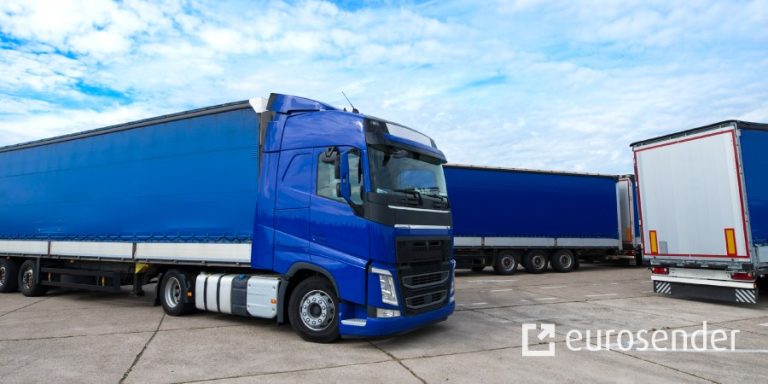Freight vs Cargo: What’s the Difference?
TL;DR
- Freight refers to goods transported mainly overland (by truck or train) and can also denote shipping costs, while cargo encompasses goods transported by air or sea, including personal items and mail.
- Traditionally, freight is linked to the transport of commercial goods, whereas cargo includes both commercial and personal goods and does not relate to shipping fees.
- Both terms share similarities, like indicating the transport of goods, but freight emphasizes financial aspects, while cargo focuses on the actual items being shipped.
- Understanding these distinctions helps avoid confusion in logistics discussions, especially when dealing with freight forwarders or logistics providers.
Although the terms are used interchangeably to refer to the transport of goods, there are some subtle differences between freight and cargo. Understanding the specific contexts in which the terms are used will help eliminate any possibilities for confusion when communicating with industry professionals about your shipments. In this article we will help you clear any doubt about the differences between freight and cargo by understanding the traditional and modern use of both terms.
You may also be interested in:
Create an account for free!
What is considered freight?
In most cases, freight is defined as goods transported by train or truck. This is why the terms freight truck and freight train are used in logistics instead of cargo truck or cargo train. However, this definition is not set in stone since goods can also be transported via so-called “air freight”.
Freight, unlike cargo, is also the term used to refer to payment when certain goods are transported. Because of this, you can say freight charges to indicate the charges for transporting an item.
Freight can also mean a cargo (or product) transported via truck, train, air, or ship. It is important to note that the term freight refers to commercial goods only, which is why mail cannot be called freight. The association of freight with commercial goods may be one of the main differences between freight with cargo. Cargo shipping may be called freight if referring to both the goods and the money charged for shipping.
Check some of our freight services:
What is considered cargo?
Typically, the term cargo is used for goods transported by ship or aircraft, hence the usage of the terms cargo planes and cargo ships instead of freight planes and freight ships.
Cargo can be used for both commercial and personal goods and, unlike freight, can also refer to mail. However, the term cargo is used specifically for goods only; it does not include the payment or the money charged for shipping goods.
Essentially, this means any item that is being transported can be called cargo. Containers, pallets, and handling nets are just some of the means that can be used to transport cargo as any item that is being transported for consumption can be referred to as cargo. Any item that is being transported for consumption can be referred to as cargo.
Read more about:
So what are the differences between cargo and freight?
The main traditional difference between cargo and freight is in the type of vehicle or transport method used. These differences are illustrated in the table below:
So, to make it simple, “freight” traditionally refers to goods transported over land via truck or train, whereas “cargo” refers to goods transported by air or sea in planes or ships respectively.
Still, whether traditional or contemporary definitions are used, the two terms share a couple of things in common:
- They both indicate the transport of goods
- They almost exclusively refer to commercial items
However, mail is one interesting exception to this rule. Whether bundles of letters and correspondence, packages or parcels, mail is referred to as cargo and not freight, regardless of the transport mode (truck, train, plane or ship).
Contemporary differences between cargo and freight
Logistics providers consider cargo as the actual goods being transported instead of their monetary value. In other words, the contents of the container, truck, or plane.
This is where it gets confusing because freight is a term that can be used to describe payment for the transport of products. The focus is on the “freight-payable” aspect of transporting the goods; the actual costs and value of moving the items from one location to another.
For instance, the term “freight” can describe any of the following:
- The products or goods themselves
- The money charged
- The amount payable
- Goods moved by any method (truck, train, plane, or ship)
The logistics industry is constantly changing, and the lines differentiating freight and cargo are blurring even more as the two terms are used more interchangeably. But one difference should be clear: cargo can only be called freight if it refers to both the cargo itself and the transport cost or payment combined.
In most cases, logistics specialists and international freight forwarders are more likely to stick to their traditional meanings.
How to choose between various freight vs cargo shipping services
Comparing the differences between freight and cargo shipping services is a crucial way to help you make the right decision for your needs. The following factors should be considered:
Rates
Shipping goods via air freight is more expensive than other transport methods, so if time is not an issue and you are shipping on a budget, choose an alternative method. On average, air freight shipment costs up to 5 times more than road freight and up to 16 times more than sea freight.
Read also: Freight online quotes
Transit time
When time is of the essence, consider booking an air freight service. This is one of the fastest ways of transporting freight anywhere in the world. Transit times range from 24-72 hours, depending on the distance.
If your cargo is not time-sensitive, you can opt for the more cost-effective solution of sea freight. This is a common method of transporting cargo on intercontinental routes, although it is also the slowest method. A vessel travelling from the east coast of the USA to Europe can take up to 14 days, while longer routes can take up to 2 months.
Read also: Freight transit times
Size and weight
One of the most important factors to consider is the size and weight of your load. Air freight has the most size and weight restrictions due to the limited space available on cargo planes. One of the most popular methods of shipping goods internationally is via road freight transport.
At Eurosender, there are various road freight options to choose from depending on your load:
- Groupage: suitable for shipping 1-3 pallets/2,500 kg
- Van Delivery: a dedicated van service that can transport up to 8 pallets/1,000 kg
- Full truckload: a dedicated service that can transport up to 34-38 pallets/34 tonnes, depending on the truck size
Read also: Standard pallet dimensions
A summary of freight vs cargo differences
As we have seen, freight is traditionally understood as items moved overland in trucks or trains. As well as this, the term freight has direct connections to the financial aspects of goods transport.
On the other hand, the term cargo is traditionally used to refer to goods shipped by sea or plane. Additionally, mail can also be considered cargo but never freight.
As a shipper, understanding the differences between freight and cargo will help prevent confusion and possible miscommunication errors while discussing your shipment with a freight forwarder or 3PL provider.
Interested in learning more about pallet and freight shipping? Check all our articles about pallet deliveries.
Create an account for free!
About the author
Marcel Nahtigal is Head of Marketing at Eurosender, specializing in digital strategies to enhance customer connections in logistics.






